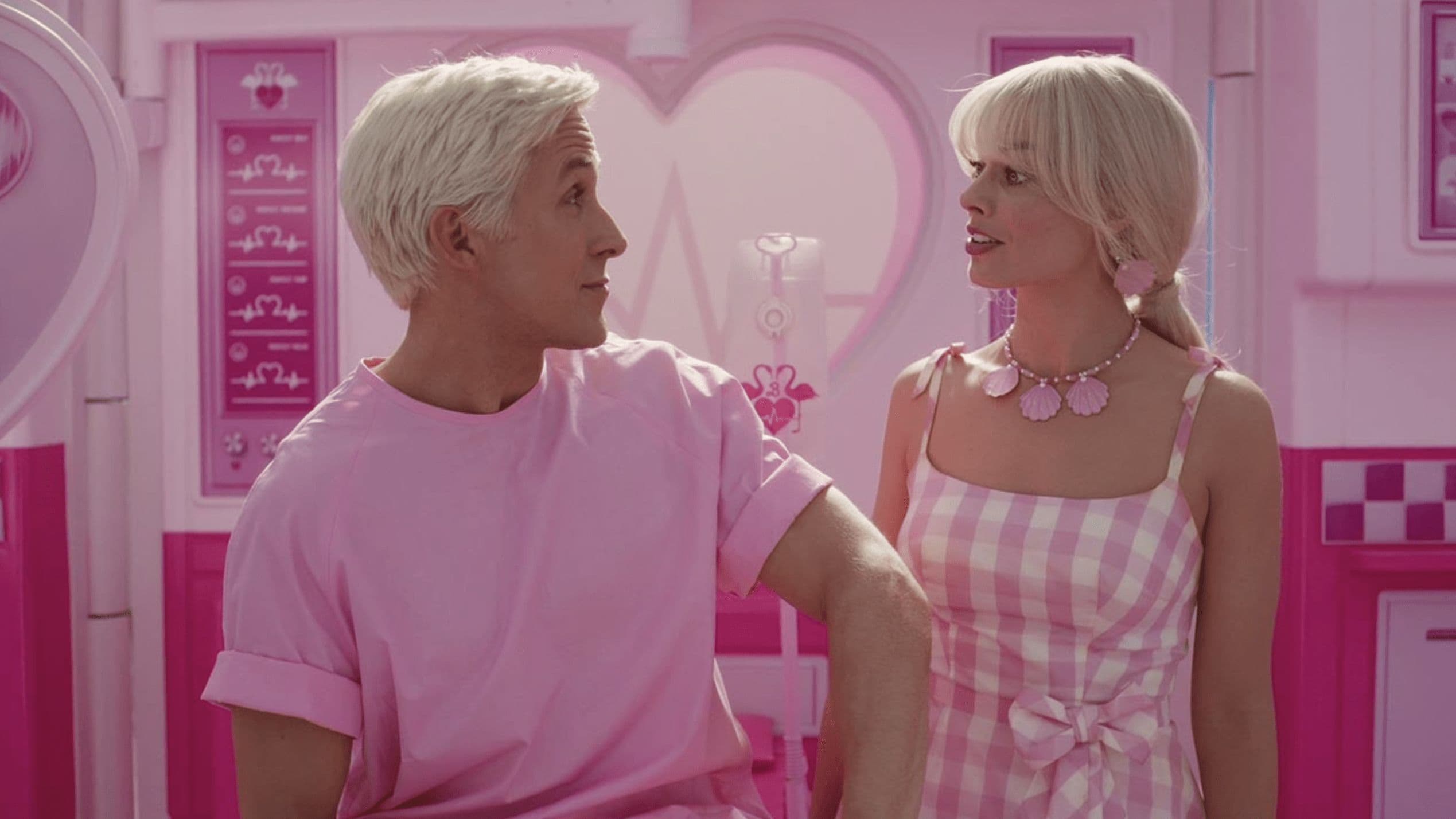As we delve into The Barbie Movie, it’s clear this isn’t just a film; it’s a cultural phenomenon. With its record-breaking opening weekend and a legacy that spans decades, the Barbie franchise has once again captured the public’s imagination. But beneath the surface of this seemingly simple story about the world’s most famous doll lies a tapestry of hidden messages and a significant impact on culture. Join me as we explore these layers, examining each theme and its resonance in today’s society.
Introducing The Barbie Legacy
The premise of The Barbie Movie is more than just a continuation of a beloved toy line; it’s an opportunity to redefine what Barbie stands for in the modern era. Movies like “Transformers” and “The LEGO Movie” have shown us that films based on toys can be both lucrative and critically acclaimed.  Now, with The Barbie Movie, we are presented with a live-action story that balances nostalgia with contemporary issues, potentially reshaping the franchise’s legacy for a new generation.
Now, with The Barbie Movie, we are presented with a live-action story that balances nostalgia with contemporary issues, potentially reshaping the franchise’s legacy for a new generation.
Examining Gender Through Barbie
Gender Representation in The Barbie Movie is multifaceted, offering both an idealized world and a critique of gender norms. The film contrasts Barbie’s ‘perfect’ existence with Ken’s different reality, suggesting an exploration of gender roles that resonates with audiences. While some characters like Doctor Barbie, portrayed by Hari Nef, are not defined by their gender, there remains criticism for the heteronormative portrayal of relationships. 
Consumerism in Pink
The theme of Consumerism is evident in the success of The Barbie Movie, which earned a staggering $162 million on its opening weekend and boasts over 100 brand collaborations. This commercial triumph reflects our society’s consumer culture, while the film itself critiques it by taking jabs at Mattel for discontinued products. This duality presents an intriguing commentary on how we consume and what we value.
Diversity on Display
 Efforts towards Diversity and Inclusion are evident in The Barbie Movie. Casting choices like transgender actor Hari Nef and proudly out actor Kate McKinnon signal a commitment to diversity. However, there’s also acknowledgment of missed opportunities in fully realizing inclusive representation—highlighted by questions around heteronormativity within the film.
Efforts towards Diversity and Inclusion are evident in The Barbie Movie. Casting choices like transgender actor Hari Nef and proudly out actor Kate McKinnon signal a commitment to diversity. However, there’s also acknowledgment of missed opportunities in fully realizing inclusive representation—highlighted by questions around heteronormativity within the film.
Feminism Woven into Fabric
Feminist messages within The Barbie Movie are woven throughout its narrative. Director Greta Gerwig is known for her feminist slant, as seen in her previous works like ‘Ladybird’ and ‘Little Women.’ The movie has been praised for proving that female directors can helm successful blockbusters while challenging ideals of plastic perfection associated with the Barbie brand. 
A New Vision for Body Image
In addressing Body Image, The Barbie Movie takes significant strides by featuring dolls that represent a range of body types and abilities, promoting a message of body positivity. The inclusion of disabled and plus-sized forms within the movie reflects an evolution from the brand’s history of promoting detrimental beauty standards towards fostering acceptance of all bodies.
Cultural Echoes in Plastic
 Finally, the wealth of Cultural References in The Barbie Movie adds depth to its storytelling. From the inclusion of ‘Closer to Fine’ by the Indigo Girls to casting decisions that nod to queer visibility, these easter eggs provide layers of meaning for diverse audiences, enriching the viewing experience and sparking conversation about the film’s relevance.
Finally, the wealth of Cultural References in The Barbie Movie adds depth to its storytelling. From the inclusion of ‘Closer to Fine’ by the Indigo Girls to casting decisions that nod to queer visibility, these easter eggs provide layers of meaning for diverse audiences, enriching the viewing experience and sparking conversation about the film’s relevance.






